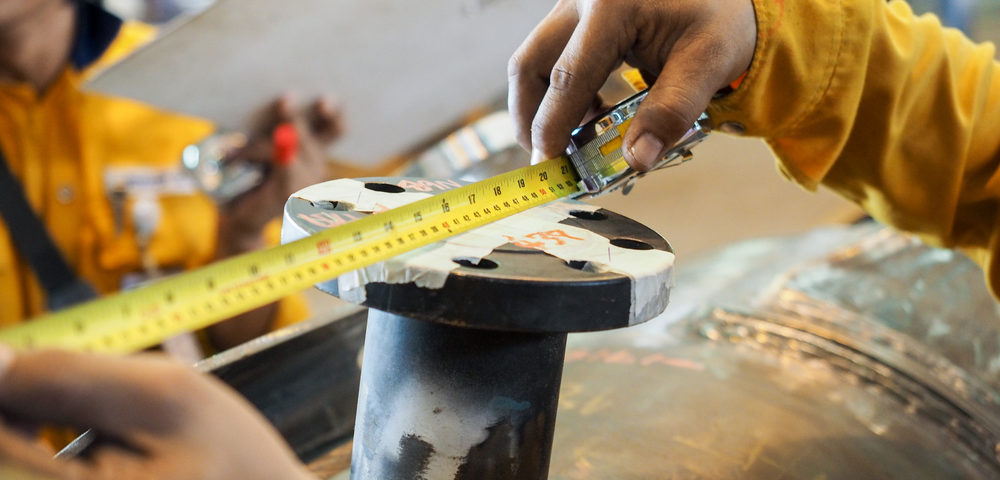Honiron Manufacturing has been a leading provider of fabrication and welding services since 1852. Over that time period, we’ve developed a deep understanding of what does and doesn’t work when it comes to fabricating high-quality processing equipment and pressure vessels. Here are three best practice guidelines you can follow to ensure project success.
1. Choose the Right Materials of Construction – Proper material selection is imperative to fabricating reliably performing equipment and pressure vessels. In addition to reducing efficiency and overall useful life, choosing the wrong material can increase the likelihood of failure, which impacts uptime and safety. Today, operators have the option of using any number of metals and/or alloys to fabricate their equipment (stainless steel, hastelloy, aluminum, titanium, etc). Each material presents its own unique advantages when it comes to strength, weight, corrosion resistance, welding, etc. As a result, the choice of which material to use will largely be dictated by the needs of the specific application.
2. Know What Factors Contribute to Weld Defects – Weld defects are one of the leading causes of failure in industrial equipment and pressure vessels. However, they can often be avoided by following best practice guidelines and ensuring that all welding tools are in good working order. For instance, simply making sure that a weld surface is free of moisture and contaminants will drastically reduce the likelihood of porosity, which occurs when gas gets trapped in the molten pool and forms air bubbles as the weld cools and solidifies. After-rust is another common defect seen in stainless steel welds that arises when surfaces are improperly cleaned.
3. Choose the Right Non-Destructive Testing (NDT) Technique – Non-destructive testing (NDT) is critical to controlling quality during the fabrication process. When determining which NDT method to employ, operators must first look at factors such as the specific location of the weld on the piece of equipment or pressure vessel, the surface material being inspected, whether the testing is being done to identify surface or sub-surface defects, and the level of training that personnel performing the test have. After identifying such objectives, fabricators can select the NDT technique that best fits their needs.
Stay on the lookout for the fourth blog in this series — Honiron Manufacturing: Project Success Series – Engineering and Design.
